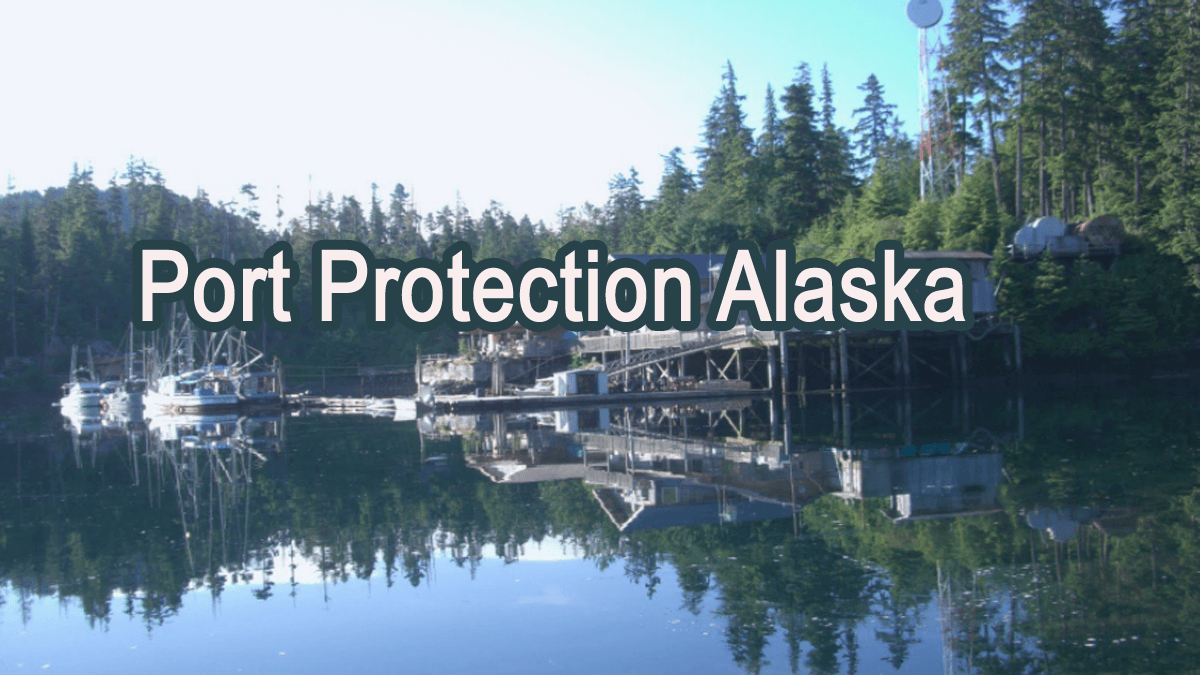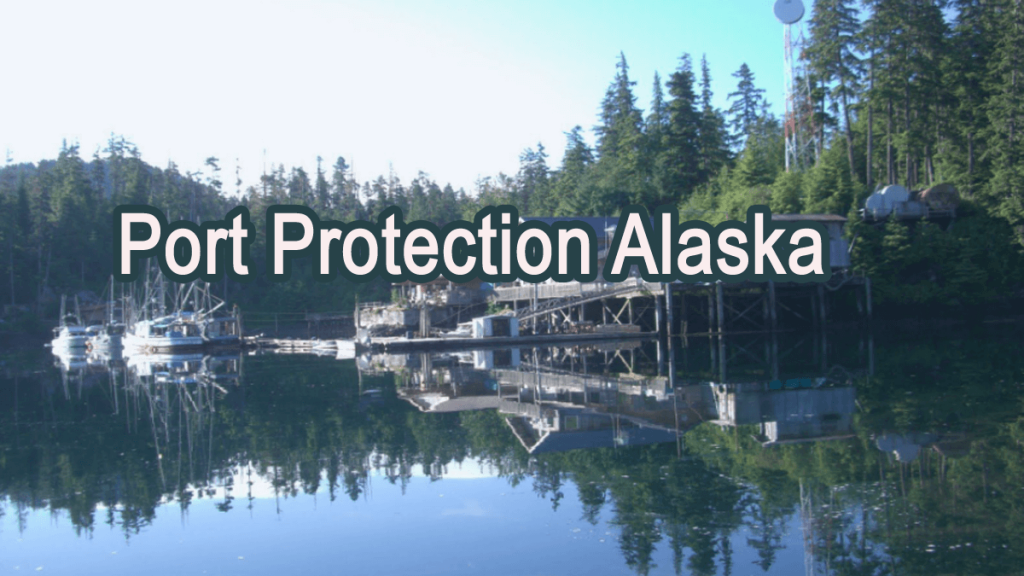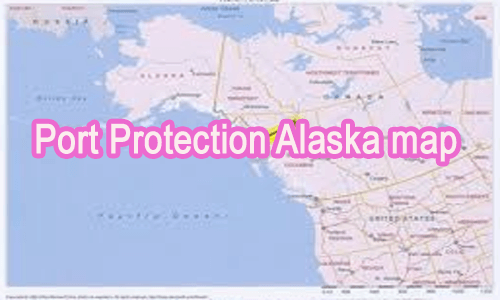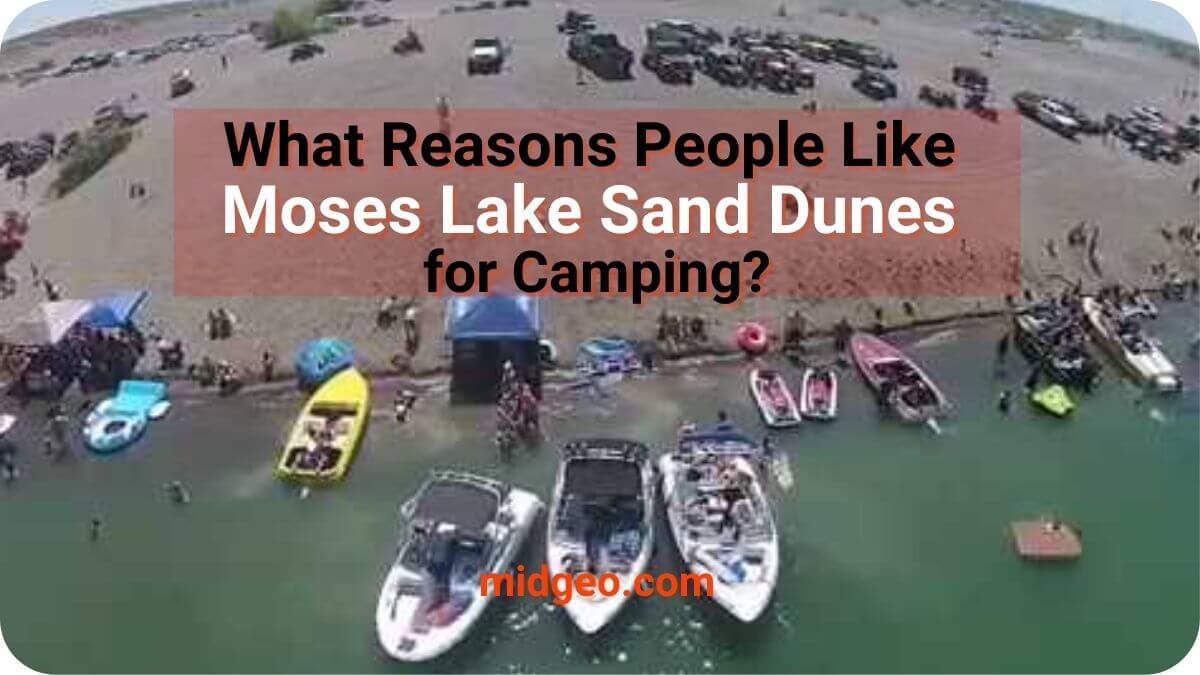
Port Protection is an official taxonomic area in Prince of Wales – Hyder Survey Area, Alaska, United States. The total population was 48 in the 2021 census, up from 63 in the previous year. With the rise in population, port protection has become a major concern to many Alaska politicians and residents. In Juneau, Governor David A. Mallasz of Alaska made a special address regarding port protection. He discussed how to restore confidence between Alaska and its port cities.

According to the governor, the port protection law had been abused in some port cities. For example, he cited Prince Rupert, Seattle, Skagway, and Homer City as three examples of port cities that were not fully protected. He also stated that at least two more port cities would be added to the list of Alaska port cities needing protection. This is important because, according to him, “Alaska’s ports need protection so they can continue to provide jobs for people in our state.”
Port Protection Alaska
As reported by Alaska’s largest newspaper, The Times-News, protection laws have been abused in Alaska. Mallasz went on to say that the port cities “have not been fully compliant with their legal obligations” and, “Laws regulating port protection have not been effective in recent years”. Furthermore, Mallasz went on to say, “We are concerned that port cities will not have adequate means to pay for necessary maintenance and upkeep over the next few years”. In conclusion, he recommended that port protection laws be changed to require port cities to apply for federal funding.
Port Protection Alaska map

Alaska maps show that Alaska’s largest port city of Juneau is protected. The reason for this is that the port Alaska map shows that there are no restrictions or restriction concerning Anchorage. However, the same cannot be said about Fairbanks. Alaska map shows that Fairbanks is subject to a restriction concerning the amount of Anchorage that it can receive. According to the same sources, the restriction affects the total number of miles of usable water within the bay.
While most of the ports in Alaska are safe and secure, Alaska’s largest port city Juneau has seen some negative repercussions from inshore port protection regulations. According to the Juneau City News, the regulations regarding Anchorage have hurt the city’s ability to obtain new jobs. According to the report, the port protection Alaska rules “made it difficult to find work in the industry, which in turn forced many jobless individuals to move to other states”. Furthermore, the report stated that the number of jobs lost in the energy sector has reached one million.
You Can Read:
The Use Of A Compass On A Port And Starboard Boat
The head of the Alaska Department of Labor, Heidi Johnson expressed hope that the passage of the Port Planning and Protection Act will set things back to the way they should be. According to her, the laws will put an end to the excessive fees collected by Alaska commission. These fees have been considered excess fees and have deprived the port of revenue. The DOL stated that its members have to share the revenues with the commission or else it will be retained by the industry.
As if this wasn’t enough, the state of Alaska has also passed regulations regarding the controversial measure. The law stipulates that all fees collected by the port protection Alaska commission must be shared between them. Furthermore, it also requires the commission to create regulations that are based on sound environmental principles. The aim of these regulations is to help protect the natural environment of Alaska.
While Alaska’s ports and companies have struggled against excessive fees and the regulation of port protection, international shipping companies like Cunard have disregarded the rules. Shipping lines like Carnival corporation, Holland America, and Norwegian cruise line have disregarded the law and are enjoying unlimited access to Alaskan waters. Apparently, the government isn’t worried as they have no other option but to close down their ports and cancel their cruises. If you too want to save your money and enjoy unlimited access to Alaska, then it’s time you learned some port protection tips. After all, you have nothing to lose.
Why is it called Port Protection?
Wooden Wheel Johnson gave the cove its name: Alaska In the early 1900s,. Established in 1946 for a quarter of a century, the mall has grown into a warehouse, rental booths, dock facilities and fuel sales. They created the Permanent Port Protection Society in 1981 through the state’s land disposal program.
How cold does it get in Port Protection, Alaska?
The Port Protection average has a temperature of 43.98 degrees Fahrenheit, which is well above the Alaskan average temperature of 32.03 degrees Fahrenheit and well below the national average temperature of 54.45 degrees Fahrenheit.
However,
Now you know lots of things about The Port Protection, Alaska. If you want to know more, than please feel free to comment me below. Thanks.





